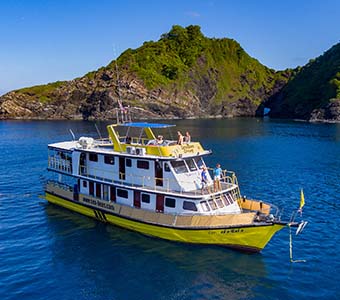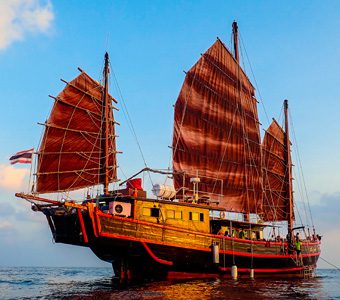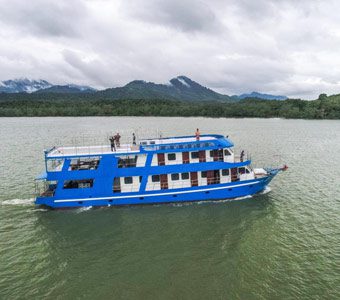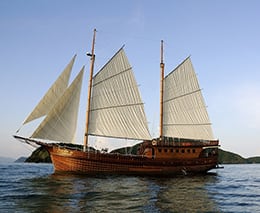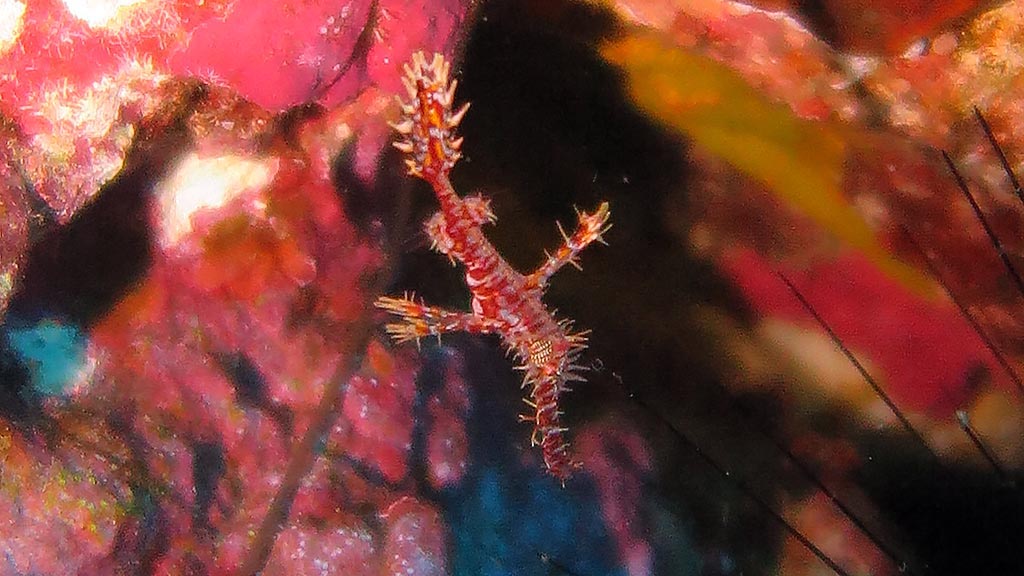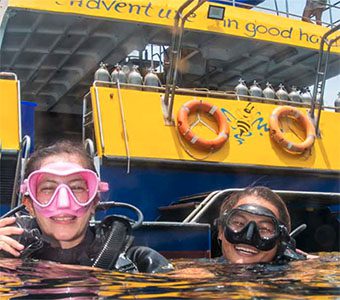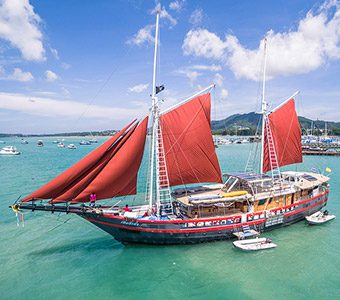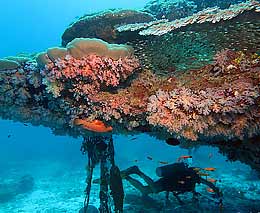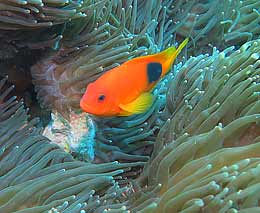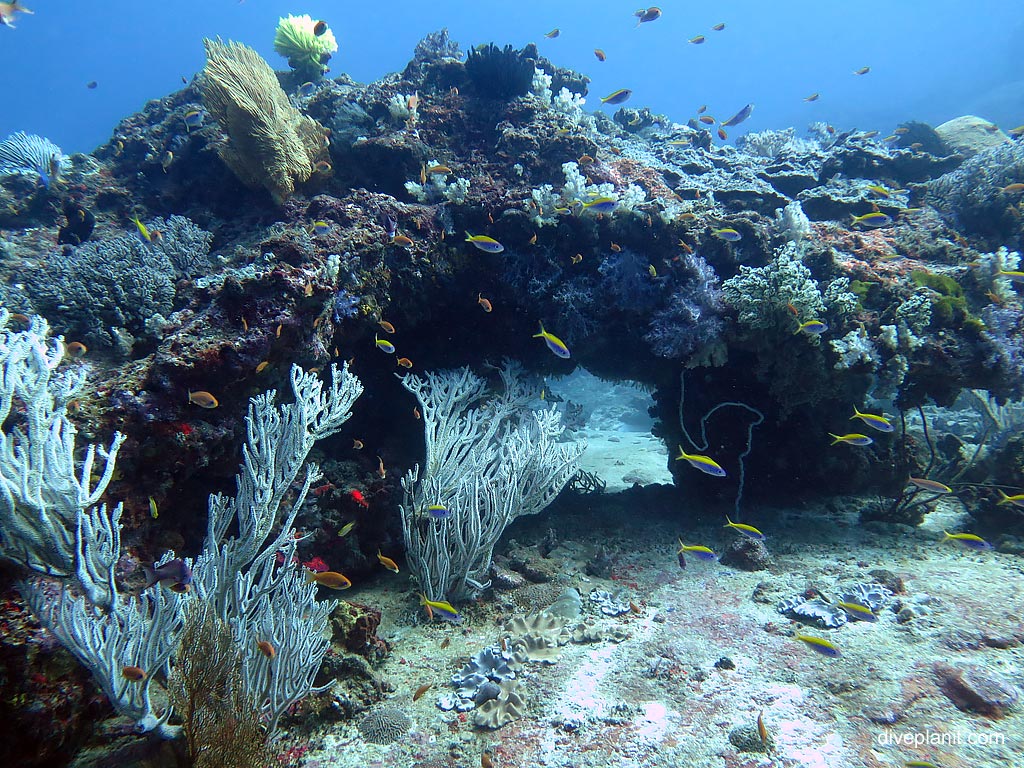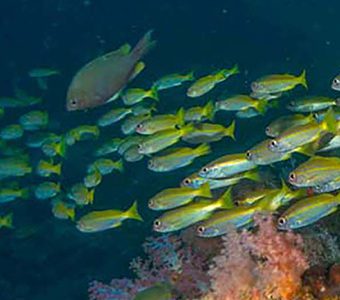Similan Islands National Park
The Similan Islands are a group of islands running from south to north, about 55km west of Thao Lak in the Andaman Sea. Usually, the expression Similan refers to the islands numbered #1 to #9, but the 43rd national park created in 1982 also includes Koh Bon, Hin Pusa (‘Elephant Head Rock’), and Shark Fin Reef. Koh Tachai was added in 1998.
The south-west monsoon from the Indian Ocean brings high winds and rain from May to October, and hence the park is closed during this time. Typically the park opens on 1 November but it can be delayed, or even open and then closed again briefly, for the safety of guests. It closes at the end of May.
The Similans are mainly granite, and to the west – facing the open sea – manifest as huge granite boulders standing tall and mighty on a sandy sea bed. To the east – facing Thailand – the islands are more sloping and covered in hard corals.
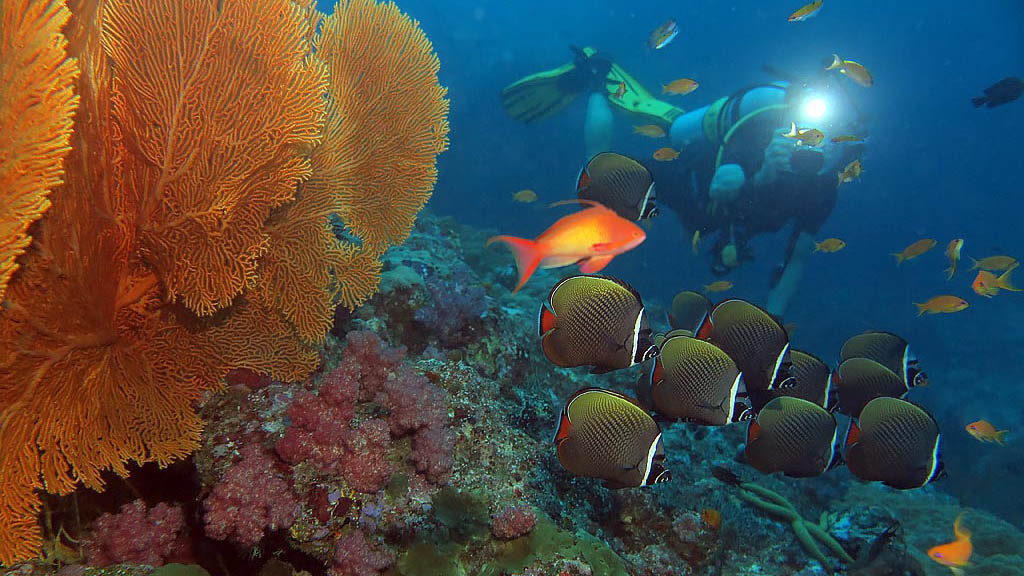
Each island is different and offers different dive sites, from sandy bays to hard coral gardens, and gigantic granite boulders to rocky subaquatic adventure playgrounds.
Currently, islands #1 to #3 is closed for re-habitation. #1 also has a protected area for sea turtles. There is a per-diver-per-day fee for entry into the park, which is currently 700 Bhat.
Spread among the nine islands are over 20 distinct dive sites, but the Similans also boast sandy beaches and shallow coral reefs in the bays, perfect for snorkeling. Some of the individual dive sites are described in the section below.
Surin Islands National Park
Surin National park boasts Thailand’s most world-renowned dive site – the only one I know with its own website: Richelieu Rock. It’s famous for a reason: a horseshoe-shaped collection of racks and boulders on and around which you will find both a great abundance and diversity of marine life. Though an encounter with a Whale Shark used to be common at Richelieu Rock, it’s a rarer event nowadays. Still, the best chance of an encounter with a whale shark is during March and April.
Note that although Richelieu Rock is part of the Surin National Park, but is usually included on the Similan liveaboard dive trips because it has the best diving in the region.
The Similan Islands and Surin Island are accessible via liveaboards which depart from Phuket’s Chalong Jetty, or the Khao Lak Jetty.
A selection of Liveaboards that visit the Similans.
Here are a few pictures from different sites on Islands 7, 8 and 9, Hin Pusa, Koh Bon and Ko Tachai to illustrate their terrains.
Similans #7 Ko Payu West of Sweden
This site was supposedly explored only after the site East of Eden became ‘too popular’. It starts with small boulders and coral stacks close to shore, then further out, a second concentric arc of bigger boulders. Between, and around these larger boulders there can be current and surge.
Hin Pusa Elephant Head Rock
On the surface, there are three rounded granite boulders breaking the water – one of which does look like an elephant’s head. Below, the boulders are actually very angular and arranged untidily on top of each other creating a ‘boulderscape’ of blue triangular swim-throughs. “Even without the fish this would be a great dive”, commented our Cruise Director. Hiding in the swim-throughs are shoals of snapper, triggers, surgeons, wrasse, and goatfish to name just a few.
Similans #8 Ko Similan Turtle Rock
To the northwest of Ko Similan is the gently sloping site of Turtle Rock – named after a turtle shaped rock on the coat nearby. The depth is 15 – 20m and usually without current so it’s an easy dive. What makes this site interesting is what you’ll see: anything from massive giant morays to tiny banded pipefish, and all the usual reef fish suspects.
Similans #9 Koh Bangu North Point
A series of large rocks – we’re talking as big as a ship – some 10 – 15m high, creates a few swim-throughs and great slot silhouette type photos.
Koh Bon West Ridge
Koh Bon has a completely rocky coastline with a ridge to the west which has a hole through it caused by erosion. It is the submerged extension of this ridge that is the West Ridge dive site. Underwater it becomes a large diagonal saw-tooth ridge covered in soft coral and sponge and teeming with blennies, hawkfish and anthias.
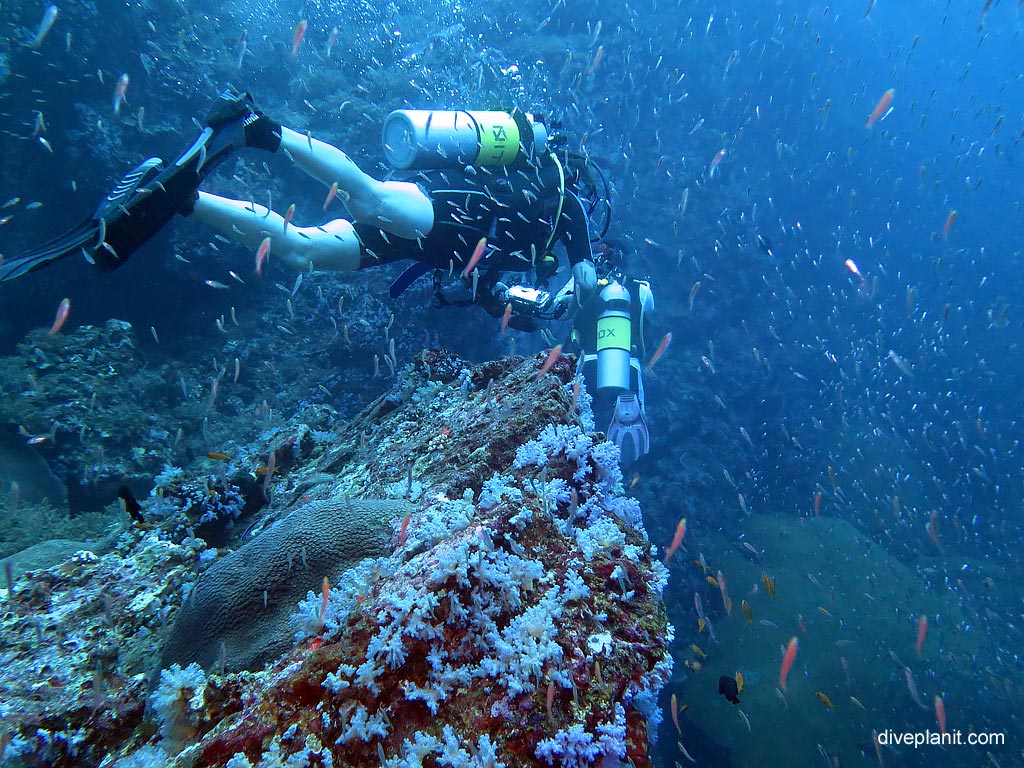
Koh Bon In the Cove
The sheltered cove (from where you can see the hole through the ridge), has a sand and broken coral base terrain punctuated by coral stacks, like every increasingly large mushrooms. The one shown below was the biggest and was home underneath to giant morays, and on top to schools of juveniles, blennies and hawkfish. The underside was draped with soft coral and sponges, whilst the top side was covered with brown encrusting coral.
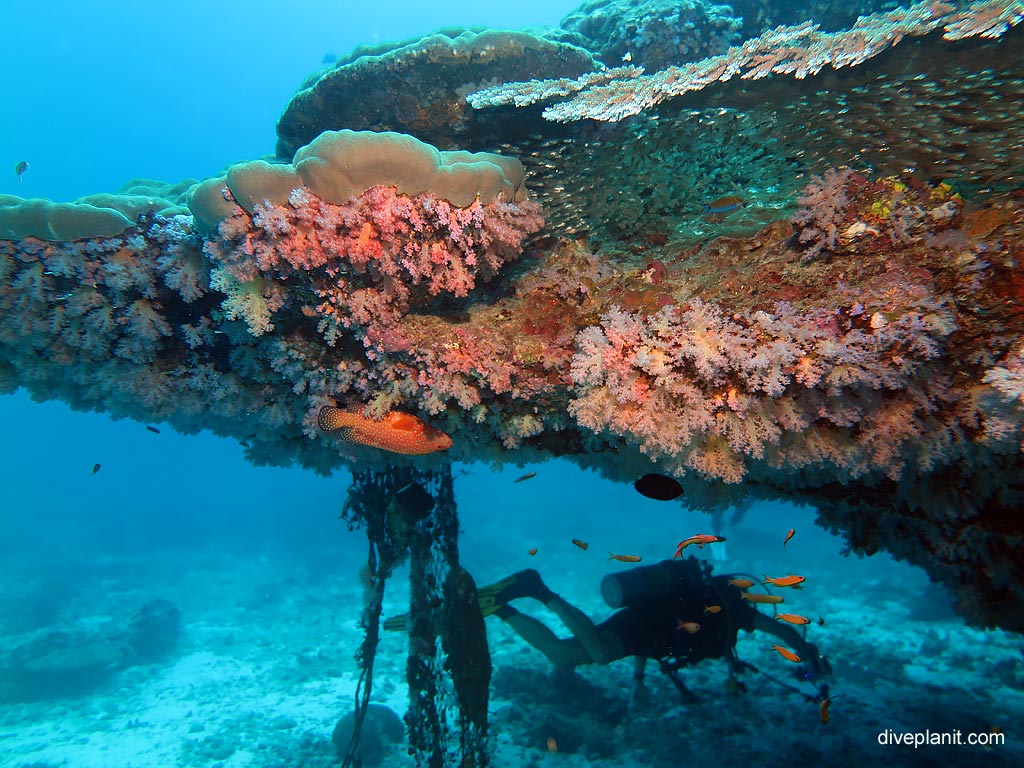
Koh Tachai Pinnacles
There are two pinnacles, though you’d be hard pushed to see them both on one dive. The area is characterised by medium size boulders, large gorgonian sea fans and plenty of mid-size marine life. Keep a look out above too, as you may see barracuda, jacks, batfish and even a passing manta.
Here is a short video showing some of the flora and fauna you can expect to see around the northernmost islands.

